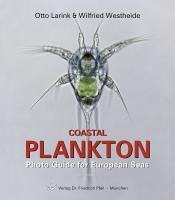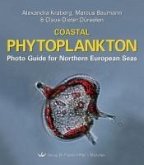Each glance into a marine plankton sample is a look into a fantastic world for anyone who wants to study protists and invertebrate animals. Nowhere is it possible to observe with a simple device such a variety of forms and taxa, developmental stages and adaptations as in a Petri dish with a small plankton sample placed under a light microscope. This book is an introduction to the most important and most common taxa present in the plankton, and it allows the identification even of numerous common species. Micrographs demonstrate characteristic forms of the phytoplankton, 70 of protozoans, more than 300 show larvae and other developmental stages, and about 90 show holoplanktonic adults of the zooplankton. The comprehensively annotated pictures are taken from living organisms, during marine excursions, mainly from the North Sea coastal area but also from other European coastlines, including the western Mediterranean. Therefore the book is excellently suited to be used in such university courses for students of zoology and marine biology as well as for their teachers, but it is certainly also a comprehensible guide for any amateur microscopist and interested layperson.
In the Second Edition the most evident new feature is the considerable increase in the number of photographs. In particular, numerous Mediterranean species have been added, leading, among others, to the inclusion of entirely new plates on trematodes, sipunculids, pelagic gastropods, several crustacean taxa, enteropneusts, and holothurians.
In the Second Edition the most evident new feature is the considerable increase in the number of photographs. In particular, numerous Mediterranean species have been added, leading, among others, to the inclusion of entirely new plates on trematodes, sipunculids, pelagic gastropods, several crustacean taxa, enteropneusts, and holothurians.








